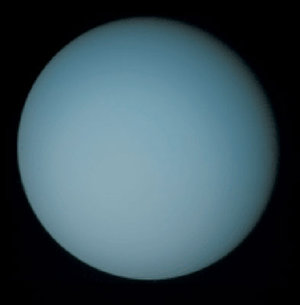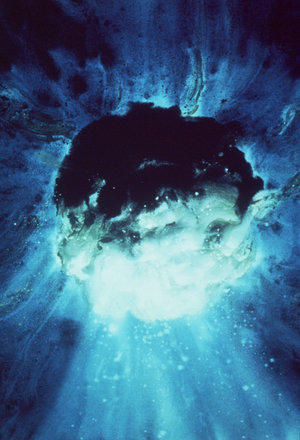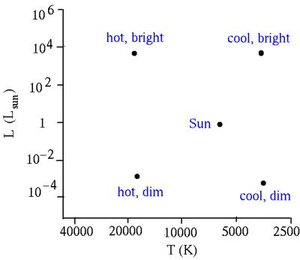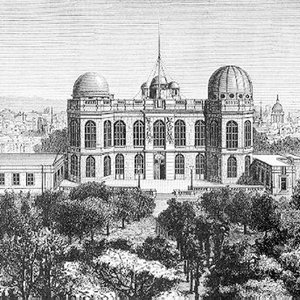25 October
1877: On 25 October 1877, Henry Norris Russell was born.
Russell was an American astronomer and astrophysicist who showed the relationship between a star's brightness and its spectral type, in what is usually called the Hertzsprung-Russell diagram.
He devised a means of computing the distances of binary stars and also analysed light from eclipsing binary stars to determine stellar masses. Russell measured parallaxes and popularized the distinction between giant stars and 'dwarfs' while developing an early theory of stellar evolution.
1789: On 25 October 1789, Samuel Heinrich Schwabe was born.
Schwabe was an amateur German astronomer who discovered the 10-year sunspot activity cycle.
He was looking for a hypothetical planet inside the orbit of Mercury as it passed across the solar disk. From 11 October 1825, for 42 years, he observed the Sun virtually every day that the weather allowed. In doing so he accumulated volumes of sunspot drawings. Schwabe did not discover any new planet. Instead, he published his results in 1842 that his 17 years of continuous sunspot observations revealed a 10-year periodicity in the number of sunspots visible on the solar disk.
Schwabe also made the first known detailed drawing of the Great Red Spot on Jupiter.










